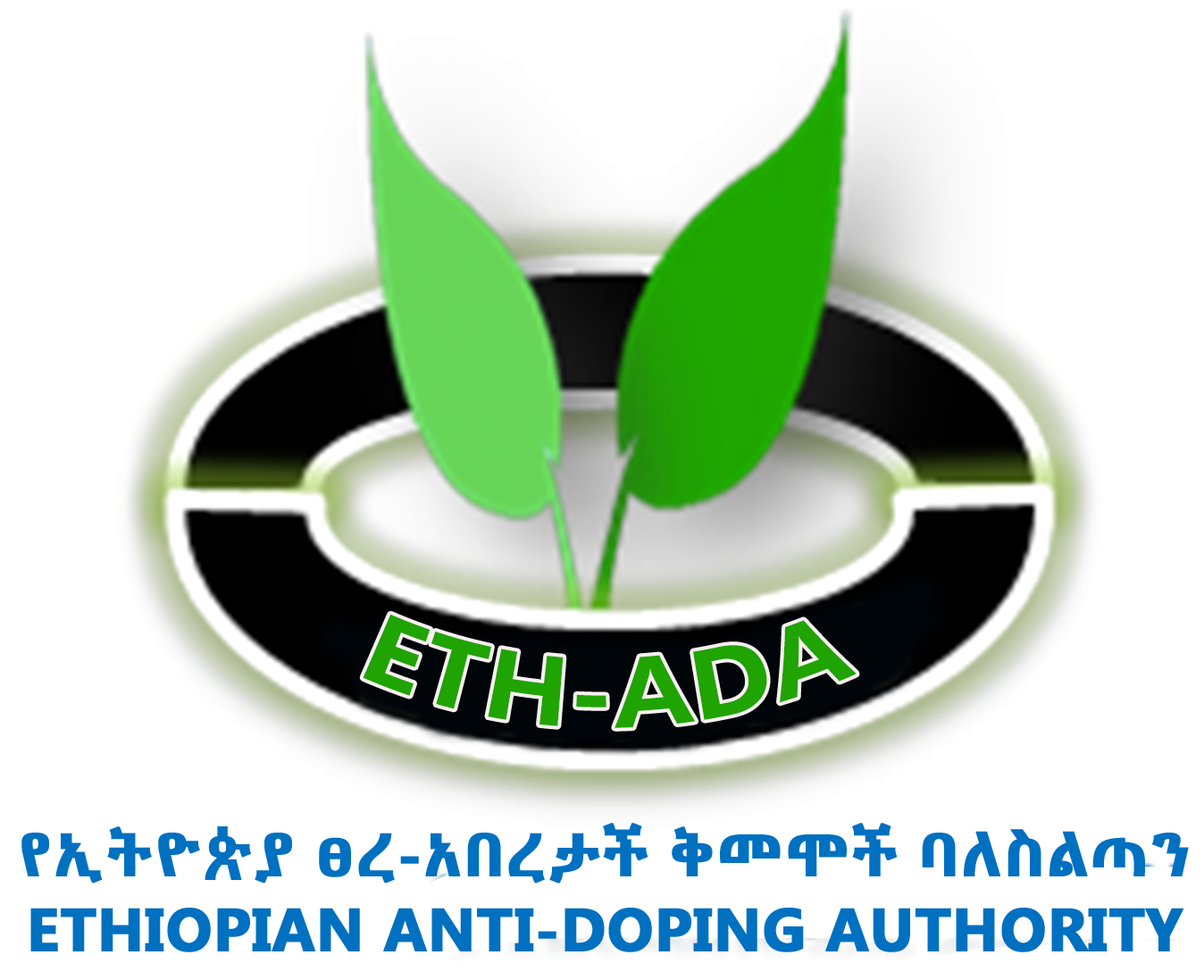Doping could be described as when athletes use prohibited substances or methods to unfairly improve their sporting performance. Doping is cheating and is fundamentally contrary to the spirit of sport. It is commonly believed that doping is simply the use of a prohibited substance and breaking the following anti-doping rules.
- Tampering or attempted tampering with any part of doping control. For example, intentionally interfering with a doping control officer, intimidating a potential witness or altering a sample by adding a foreign substance. See Article 2.5 of ETH-NADO and the World Anti-Doping Code.
- Possession of prohibited substance or method. It’s not OK to buy or have on you a banned substance for the purposes of giving it to a friend or relative, except under certain very limited justified medical circumstances – say, buying insulin for a diabetic child. See Article 2.6 of ETH-NADO and the World Anti-Doping Code.
- Trafficking or attempted trafficking in a prohibited substance or method. See Article 2.7 of ETH-NADO and the World Anti-Doping Code.
- Administration or attempted administration of a prohibited substance or method to an athlete. See Article 2.8 of ETH-NADO and the World Anti-Doping Code.
- Complicity. This covers a wide range of acts: assisting, encouraging, aiding, abetting, conspiring, covering up or “any other type of complicity” involving an anti-doping rule violation or attempted violation by “another person.” See Article 2.9 of ETH-NADO and the World Anti-Doping Code.
- Prohibited Association. See Article 2.10 of ETH-NADO and the World Anti-Doping Code.
- Whereabouts Failure. See Article 2.4 of ETH-NADO and the World Anti-Doping Code.
- Evading, refusing or failing to submit a sample collection. See Article 2.3 of ETH-NADO and the World Anti-Doping Code. Any body should be aware that an anti-doping rule violation can be proven by any reliable means. This includes laboratory results and other evidence – the term used is, “non-analytical” proof. This evidence can include but is not limited to the “Athlete Biological Passport” (a study over time of a number of your biological parameters), admissions, witness testi- mony and various types of documentary evidence.
